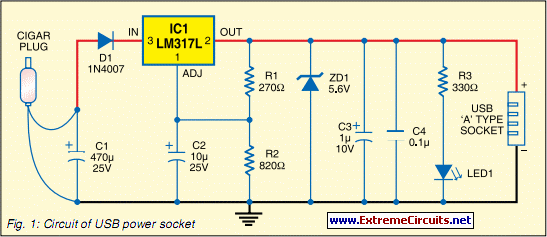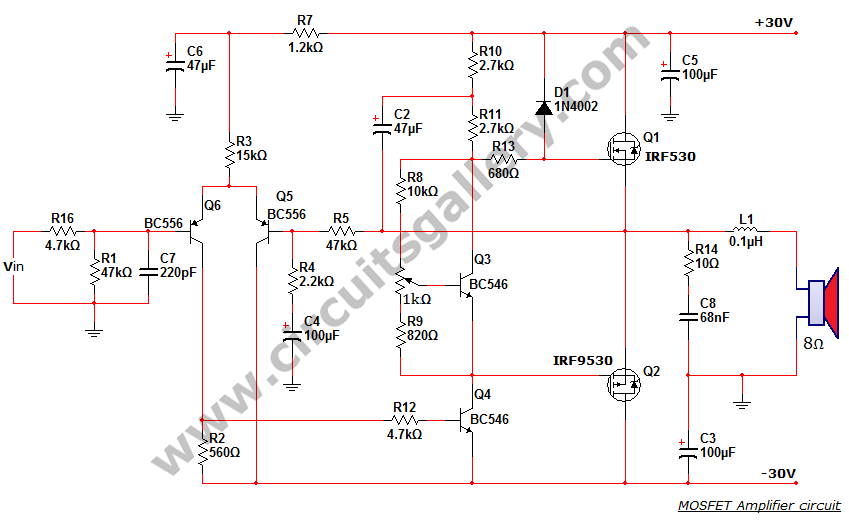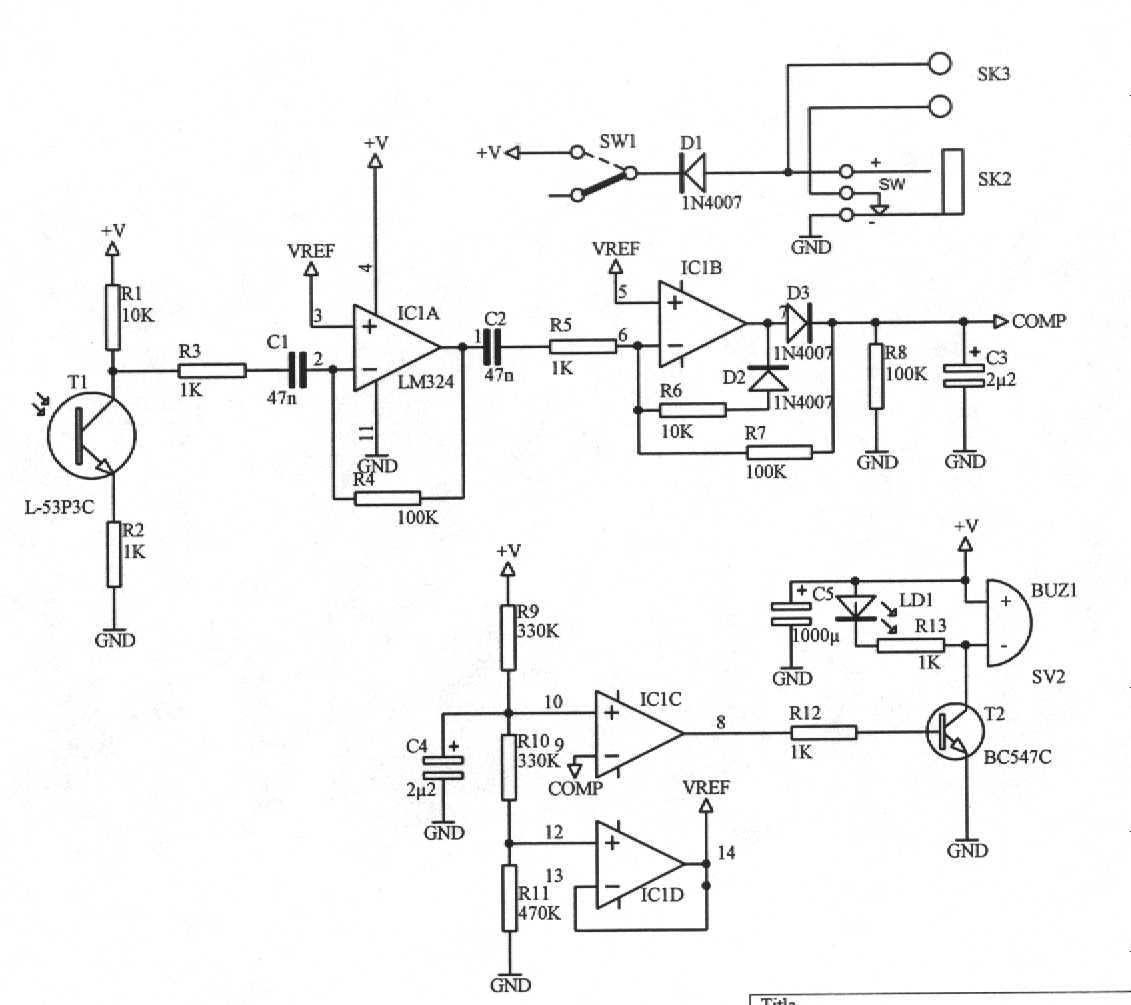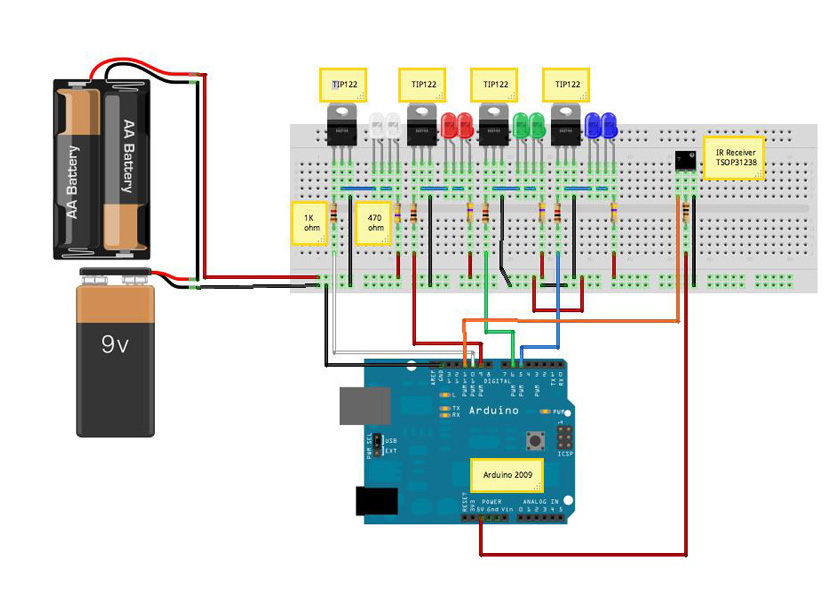
Solar Power walkway marker Led display
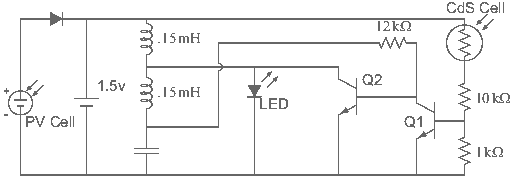
These are small lights with a stake on the bottom that can be inserted into the ground along driveways or sidewalks, featuring a solar panel on top. The solar cell charges a AA NiCd battery during the day, and at night, the battery powers the LED. The circuit board in this model was originally designed to accommodate a pair of 5mm amber LEDs, but the manufacturer opted for a higher power 10mm amber LED, resulting in the final product requiring only one. Due to space constraints, many components are surface-mounted. The transistors used are both surface-mount equivalents of the 2N3904. The capacitor is also surface-mounted and lacks markings. The charging circuit is relatively straightforward, incorporating a photovoltaic solar cell to charge the battery and a diode to prevent the battery from powering the solar cell when it is dark. Additionally, a cadmium sulfide (CdS) photoresistor, a 10k resistor, and a 1k resistor form a voltage divider at the base of Q1. When light strikes the photoresistor, it exhibits low resistance, which is amplified by the transistor. The collector is connected to the base of the left-hand transistor, preventing it from oscillating when it is active by clamping its base to ground. In darkness, the CdS cell presents high resistance, turning off the right transistor and allowing the rest of the circuit to begin oscillating.
The described circuit operates as a solar-powered LED lighting system, primarily designed for outdoor use along pathways. The key components include a solar panel, a rechargeable battery, and a light-activated switching mechanism. The solar panel collects sunlight and converts it into electrical energy, which is stored in a rechargeable AA NiCd battery. The diode in the charging circuit ensures that the battery does not discharge back into the solar panel when there is insufficient light, thereby preserving the stored energy for nighttime use.
The integration of the CdS photoresistor is crucial for automatic operation. As ambient light levels change, the photoresistor alters its resistance, creating a voltage divider with the 10k and 1k resistors. This setup allows for the detection of light levels; when sufficient light is present, the photoresistor's low resistance activates the transistor Q1, which in turn controls the state of the circuit. The design ensures that the LED remains off during the day, conserving battery power for nighttime illumination.
In darkness, the high resistance of the CdS photoresistor turns off the right transistor, which releases the oscillation control, allowing the circuit to activate the LED. The use of surface-mounted components, including the transistors and the unmarked capacitor, indicates an effort to minimize the physical footprint of the circuit board while maintaining functionality and reliability. This compact design is well-suited for outdoor applications where space is limited and durability is essential. Overall, the circuit exemplifies an efficient approach to solar-powered lighting, combining renewable energy with automated control to enhance usability.These are the little lights with the stake on the bottom that you can push into the ground along your driveway or sidewalk and have the solar panel on top. The solar cell charges a AA NiCd battery during the day and at night the battery powers the LED. The circuit board in this particular model was originally designed to hold a pair of 5mm amber L EDs, but the manufacturer apparently found a source of higher power 10mm amber LEDs and the final product only needs one of these. Due to the limited space, many of the components are surface mount. The transistors are both 2N3904 equivalent surface mounts. Unfortunately, the capacitor is also surface mount and is unmarked. The charging circuit is fairly simple and has a photovoltaic solar cell to charge the battery and a diode to prevent the battery from powering the cell when it`s dark.
Now moving along, there is a cadmium sulphide (CdS) photo resistor, a 10k resistor and a 1k resistor that forms a voltage divider at the base of Q1. When light hits the photo resistor, it has a low resistance which is amplified by the transistor. The collector is tied to the base of the left hand transistor, so when it`s on it clamps its base to ground and prevents it from oscillating.
When it`s dark and the CdS Cell has a high resistance, the right transistor is off which allows the rest of the circuit to begin oscillating. 🔗 External reference
The described circuit operates as a solar-powered LED lighting system, primarily designed for outdoor use along pathways. The key components include a solar panel, a rechargeable battery, and a light-activated switching mechanism. The solar panel collects sunlight and converts it into electrical energy, which is stored in a rechargeable AA NiCd battery. The diode in the charging circuit ensures that the battery does not discharge back into the solar panel when there is insufficient light, thereby preserving the stored energy for nighttime use.
The integration of the CdS photoresistor is crucial for automatic operation. As ambient light levels change, the photoresistor alters its resistance, creating a voltage divider with the 10k and 1k resistors. This setup allows for the detection of light levels; when sufficient light is present, the photoresistor's low resistance activates the transistor Q1, which in turn controls the state of the circuit. The design ensures that the LED remains off during the day, conserving battery power for nighttime illumination.
In darkness, the high resistance of the CdS photoresistor turns off the right transistor, which releases the oscillation control, allowing the circuit to activate the LED. The use of surface-mounted components, including the transistors and the unmarked capacitor, indicates an effort to minimize the physical footprint of the circuit board while maintaining functionality and reliability. This compact design is well-suited for outdoor applications where space is limited and durability is essential. Overall, the circuit exemplifies an efficient approach to solar-powered lighting, combining renewable energy with automated control to enhance usability.These are the little lights with the stake on the bottom that you can push into the ground along your driveway or sidewalk and have the solar panel on top. The solar cell charges a AA NiCd battery during the day and at night the battery powers the LED. The circuit board in this particular model was originally designed to hold a pair of 5mm amber L EDs, but the manufacturer apparently found a source of higher power 10mm amber LEDs and the final product only needs one of these. Due to the limited space, many of the components are surface mount. The transistors are both 2N3904 equivalent surface mounts. Unfortunately, the capacitor is also surface mount and is unmarked. The charging circuit is fairly simple and has a photovoltaic solar cell to charge the battery and a diode to prevent the battery from powering the cell when it`s dark.
Now moving along, there is a cadmium sulphide (CdS) photo resistor, a 10k resistor and a 1k resistor that forms a voltage divider at the base of Q1. When light hits the photo resistor, it has a low resistance which is amplified by the transistor. The collector is tied to the base of the left hand transistor, so when it`s on it clamps its base to ground and prevents it from oscillating.
When it`s dark and the CdS Cell has a high resistance, the right transistor is off which allows the rest of the circuit to begin oscillating. 🔗 External reference
